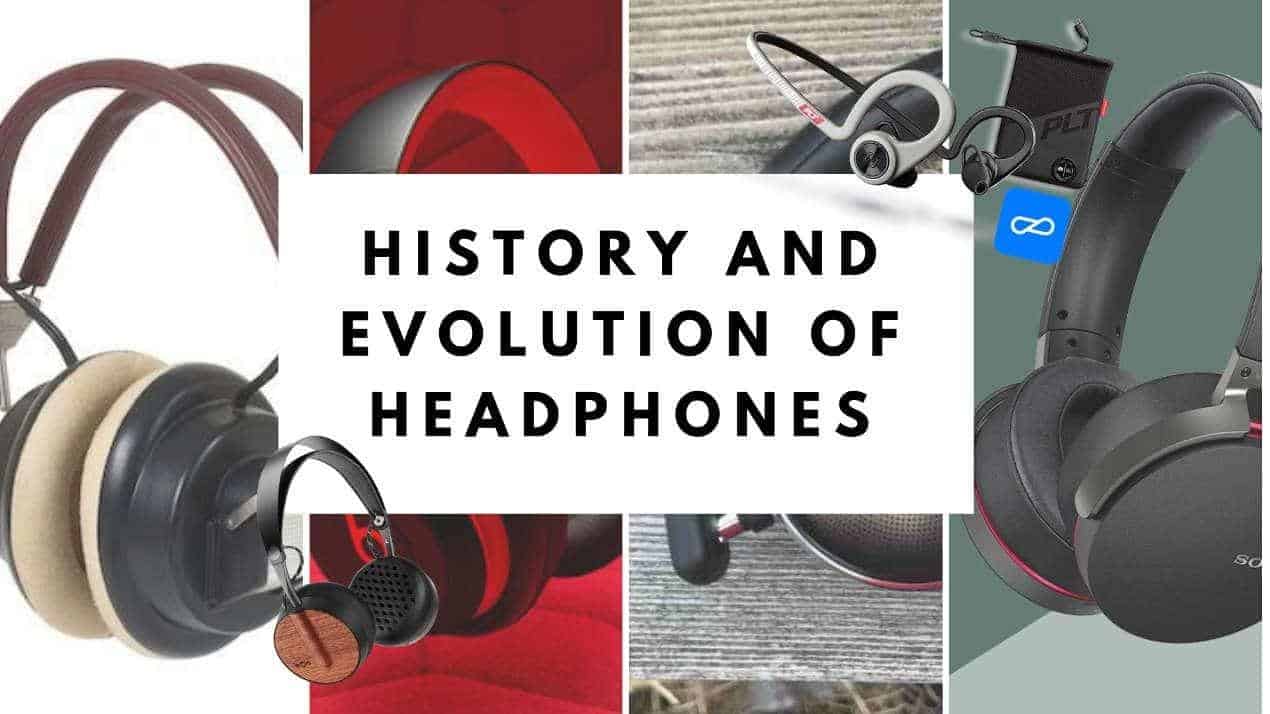Headphone use has grown in popularity over the last 80 years. Originally used only in communications, studio and radio work. The history and evolution of headphones have come a long way. During the 70s professionals and some audiophiles purchased headphones but they were expensive and were used mainly for indoor use.
Headphone use gained a real jump in popularity in the 80s with the introduction of the Sony Walkman setting us free to listen to our music anywhere.
Most headphones were over the ear headphones. They were not particularly stylish and the quality and comfort were not particularly great. The following blog post is a history of headphones timeline and the evolution of headphones. If you are a little older like me and lived through some of the changes, you probably will want to skip or skim over the following section.
If you are a young person, you might want to take a read and see how much things have changed over the years and see how fortunate we are to have the quality convenience and price of music/media playing smart devices and headphones available today.
First Headphones 1880s
The first Headphones made their appearance around 1880. They were not used to listen to music but for telephone operators. They had only one earpiece and weighed about 10 pounds. Then in the 1890s, they produced stethoscope looking headphones so wealthy opera fans could enjoy the opera in their own homes.
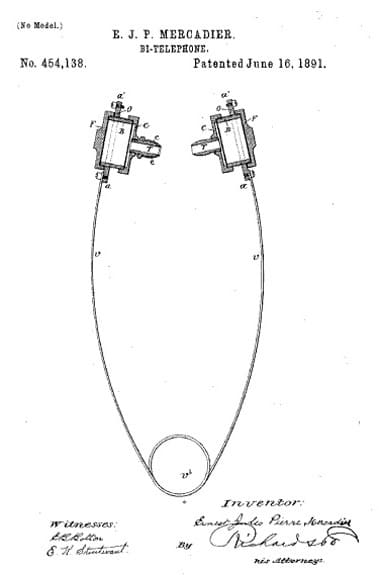
In 1910 Nathaniel Baldwin developed the first successful pair of headphones in Ontario, Canada
Nathaniel Baldwin made them by hand in his kitchen and sold them to the United States Navy for use by signallers for military communications. The sound quality was crude but for communications purposes, they did the trick. The first models of headphones also did not have much padding and with excessive clamping force on the wearer's head proved not to be the most comfortable.
In the early radio days, they started to improve the sound and sensitivity of headphones, however, with the headphones being connected to a live vacuum tube plate circuit that carried dangerous voltage, the wearer was always in danger of getting a shock if they touched the bare headphone connector wire when adjusting their headphones.
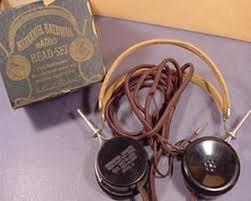
Earbuds made their first appearance in the 1920s
Earbuds made their first appearance in the 1920s. They were sold to a small group of people with hearing difficulties and to radio operators, that found the prolonged use of headphones very heavy and unpleasant to wear not to mention hot.
I imagine they were only available to the very rich. Apple earbuds and commercial headphones popularity were still a number of years away.
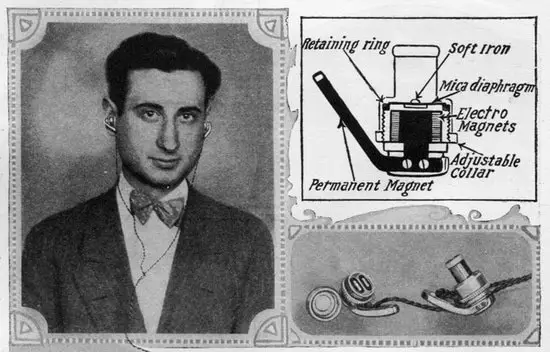
1937 Beyerdynamics invented and produced the first dynamic headphones
In 1937 Beyerdynamics invented and produced the first dynamic headphones, the DT-48 (Dynamic Telephone-48) still in production today. Sales were slow, as people did not realize that they would be suitable for hi-fi listening.
Over the next numbers of year’s, only a few manufacturers produced headphones. They were used by only a limited number of professionals and audiophile.
“Plattenbars” started in Germany and later gained popularity in few other countries
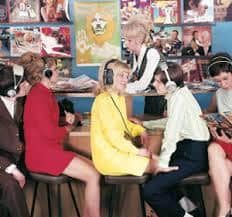
During WWII Beyerdynamics stopped production. After the war, they emerged with a new model the “Stielhorer” DT 49. They were used in the very popular form of entertainment at the time. “Plattenbars” Translation “record bar” A café/bar where people could hang out and listen to the latest music on headphones. Try before you buy or simply just listen. It started in Germany and later gained popularity in a few other countries.
During this period another German company Sennheiser were also producing headphones and developing the first open headphone. Released in 1968 they produced a more natural sound than many users preferred. Sennheiser also went on to produce the most expensive headphones in the world the Orpheus Headphone set US$55,000
1958, John C Koss produced the first stereo headphones
Then in 1958, John C Koss produced the first stereo headphones. They were designed as an accessory to demonstrate the high-fidelity stereo sound of their Koss portable stereo phonograph. They refer to as “personal listening”
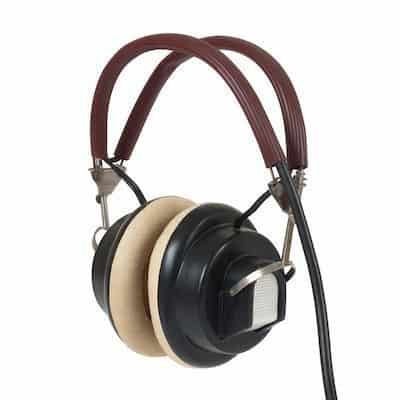
They were also the first to have celebrity-endorsed headphones. This was a key promotion strategy. Some of the early celebrity endorsements were from Tony Bennett, Mel Torme, Bobby Hackett and a few years later “Koss Beatlephones.”
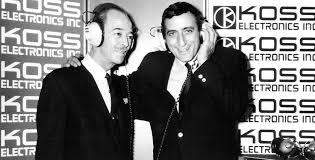
All were midline headphones with a celebrity sticker on them. Sounds like the same trick is being used today. They sold very well at the time.
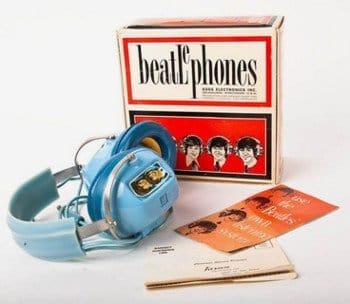
Koss headphones were a considerable improvement from the sound quality of the day. It offered the first chance for people to listen to music in true high fidelity stereo.
In the early 70s headphones started to become less expensive and a little more popular. But still, the main use was limited to professionals and audiophiles and record stores. There were also additional manufacturers that started producing headphones like AKG and Pioneer Sound, Numark and a handful of others.
Headphones in the 70s were still quite expensive and only a limited amount of people purchased them, but as the years passed they became more reasonably priced (still not cheap) and available to the general public. I have a pair of Koss I received for Christmas in 1976 and they still work today.
The start of mobile music on the go
Then came the 80s and the introduction of the “Sony Walkman.” Headphone use increased dramatically. The design was stripped down to be lightweight and portable, but the quality of headphones was subpar for many brands with cheap foam pads that often fell off. But we didn’t care. We now had portable music. All you needed was a packsack full of cassettes.

Fun fact: Packsack ratio
- The average cassette has 25 songs on it.
- Packsack full with 100 cassettes = 2500 songs.
- Each cassette weighs about 2 oz. or 57 grams.
- Total weight of packsack 200oz or 12.5 pounds.
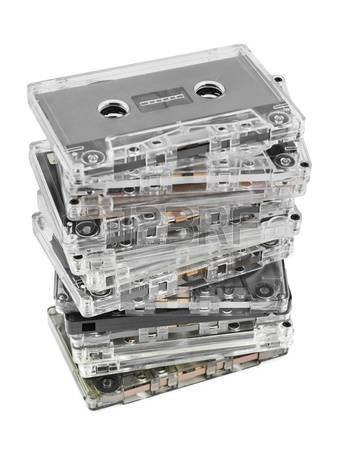
How many songs do you have on your iPhone today and it fits in your pocket?
The late 80s and 90s brought us another new technology the Discman. We now had CDs. Better sound quality but more expensive than cassettes. Some of the less expensive CD Players often skipped if they were bumped. We had portability but we still had a ways to go to the convenience and portability of today's smart devices.
The packsack ratio was about the same as with cassettes. Headphone quality was improving but they were still very cheap and flimsy. The emphases were on the cd player and the headphones almost seem an afterthought.
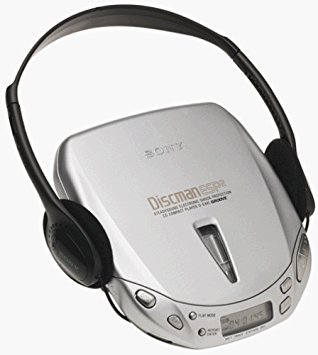
2001 the introduction of the Apple iPod and earbuds brought headphone use to a whole new status level
2001 the introduction of the Apple iPod and earbuds brought headphone use to a whole new status level. Apple was the first company to actually promote earbuds as a cool accessory and put a lot of thought into the style of the earbuds to complement the style of their new product the “iPod”.
The first Apple iPod commercials featured the silhouette of dancing people with white earbuds and it soon caught on as a fashion trend status symbol.
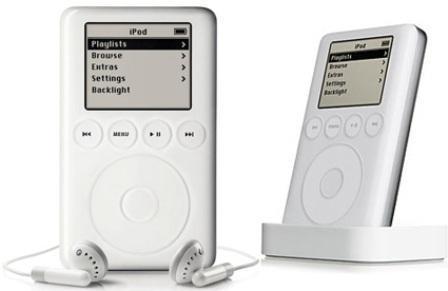
The first part of the millennium saw a steady increase in earbud usage. A broad range of earbuds appeared on the scene many were very cheap quality and moderately priced.
It as if over the ear headphones had taken a back seat. But with this increase, hearing damage issues were also starting to become more of a concern and the demand for over the ear headphones increased.
Increase in hearing damage issues were also starting to become more of a concern and the demand for over the ear headphones increased.
Over the ear headphones making a comeback
2003 Skullcandy burst on the scene
Skullcandy burst on the scene with colorful headphones that changed the industry in a big way. With moderate quality and reasonable prices. They were all about the style and the sound quality, not so much. The over the ear headphone was back in a big way.
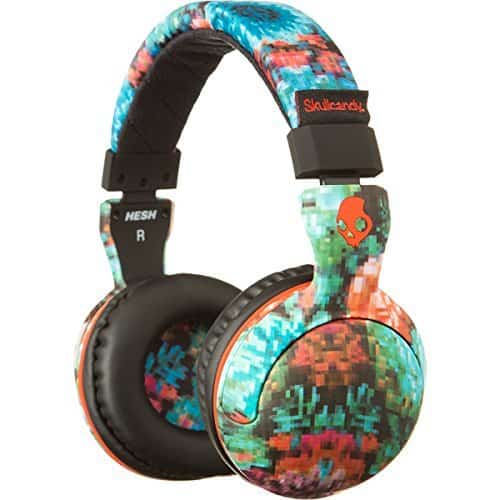
V-Moda Headphones
Then in 2002 Val Kolton after spending a summer in Ibiza Spain. Was influenced by the fashion, culture and vibrant music scene featuring the world's best DJs. He returning to the US with a desire to somehow capture that contemporary culture and bring it home.
One day when he was on Rodeo Drive he noticed a woman in a Rolls Royce dressed to the nine, but there was one thing that threw off the look. It was a pair of cheap headphones.
So he realized there was a need for high-end fashionable headphone. So he created the V-Mode Line Of Headphones. High-quality audio with metal finish instead of plastic to create that quality look and feel he was after. A very cool fashion statement at the time and still creating a great product today.
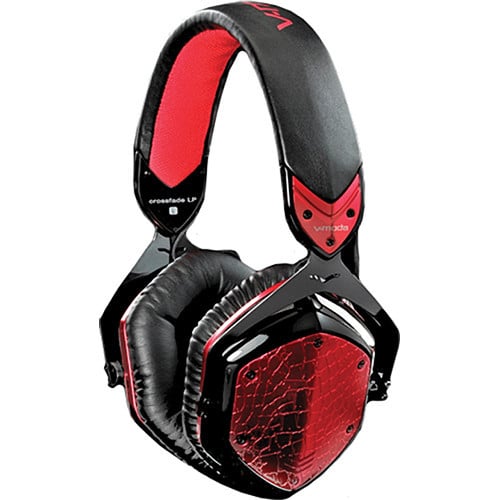
Demand for over the ear headphones increased
“Beats” by Dr. Dre
With over the ear headphones gaining popularity, another first happen in 2006 the first celebrity-endorsed headphones Beats By Dr. Dru. This now took headphones as a fashion accessory to a whole new level.
Since then we have a number of celebrity-endorsed overpriced headphones on the market trying to cash in with marginal quality products. Bringing the price to a ridiculous price of $300 and $400 dollars for a celebrity-endorsed name brand pair of headphones. Just like the sneaker market did with Air Jordan’s and other athlete endorsements.
There are a number of headphone manufacturers on the market that are delivering great sounding headphones for a reasonable price. Companys like Specter Sound, Audio Technica, AKG by Harmon and Sony.
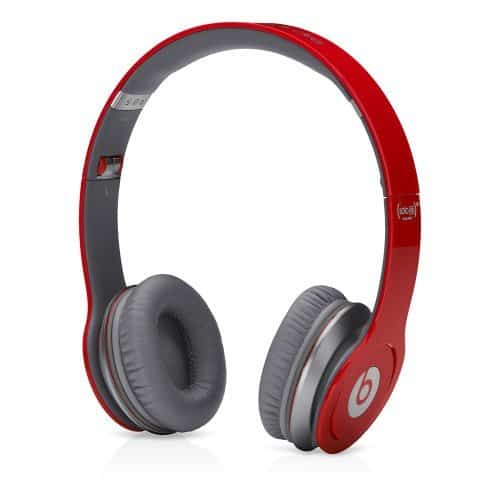
Along the way, Blue-tooth got introduced into the mix
Along the way, Bluetooth came into the mix to giving us the ability to cut the wire and give us wireless earbuds and headphones, another thing that athletes and active users found very appealing.
So as you can see the history and evolution of headphones have come through a lot of changes. The overall headphone quality on the market today is incredible.
The number of choices can be overwhelming and the price does not necessarily mean a better product. Many companies are producing ok quality headphones at a premium price. They spend most of their money on celebrity endorsements and promotions.
Final Conclusions
If your planning on spending more than $200 on a pair of over the ear headphones, I would stick to older companies that have a reputation in studios and been around for a number of years developing their product. Companys such as Audio Technica, AKG, Sennheiser have made headphones for a number of years and not just recently jumped on the bandwagon.
Listen to them first and don't get sidetracked by the cool style and hype. Everyone's sound tastes are a little different. Discover what you like.
There are still a few companies that are producing excellent quality headphones at a much lower price. All you have to do is look past the hype. We hope some of the suggestions and product reviews on our site will help you make an informed decision.


